Dumping Syndrome Tube Feeding
Dumping syndrome tube feeding. Dumping Syndrome and Regurgitation The delivery site of the TF can influence complications. The symptoms of dumping syndrome can be so distressing that some people severely limit the amount and type of food they eat. He also had me lower the feed rate even more on my feeding pump to try and keep more of the formula in my small intestine longer so its absorbed easier.
The child with PEG-J needed continuous enteral feeding to reach a normal glucose balance. NG esophagostomy and gastrostomy placement allow for digestion to begin in the stomach. 78 Dumping syndrome is primarily caused by gastric surgery but also by congenital microgastria 9 or a dislocated feeding tube.
The infant was started on bolus feeds through the jejunostomy tube but developed recurrent episodes of hypoglycaemia. Pharmacological interventions could be tried after dietary interventions fail. Dumping syndrome DS a well-established yet under-recognized side effect of upper GI surgery occurs when the body reacts to food moving too rapidly from the stomach into the intestine resulting in unpleasant symptoms such as.
Yesterday my gastroenterologist put me on rehydration solution that I put through the gastric side of my GJ tube ever half hour to try and help with the dumping syndrome. Dumping syndrome is also known as rapid gastric emptying. See DS symp toms Early dumping experi-.
In severe cases of dumping syndrome your healthcare provider may suggest tube feeding or corrective surgery. DS can occur after a bolus tube feeding especially if the formula is high osmo-lality or a feeding is given in large amounts over a short time. Dumping syndrome or rapid gastric emptying occurs when contents of the stomach empty too rapidly into the intestines before they have been fully digested.
This can cause more problems and can even lead to malnutrition. When symptoms occur in less than an hour the term early dumping syndrome is used. Dumping syndrome can be early or late.
Dumping syndrome is a medical condition in which your stomach empties its contents into the first part of your small intestine the duodenum faster than normal. Many people with dumping syndrome have mild symptoms that improve over time with simple changes in eating and diet.
A diagnosis of dumping syndrome DS was suspected in both children.
Gastrointestinal access for up to 46 weeks is usually achieved using NG or NJ tubes although placement of percutaneous gastrostomy or jejunostomy access should be considered sooner if feeding is very likely to be prolonged see section 73. Dumping syndrome is also known as rapid gastric emptying. Gastrointestinal access for up to 46 weeks is usually achieved using NG or NJ tubes although placement of percutaneous gastrostomy or jejunostomy access should be considered sooner if feeding is very likely to be prolonged see section 73. When symptoms occur in less than an hour the term early dumping syndrome is used. In severe cases of dumping syndrome your healthcare provider may suggest tube feeding or corrective surgery. The child with PEG-J needed continuous enteral feeding to reach a normal glucose balance. Dumping syndrome can be managed by dietary interventions keeping the child on the feeding via the jejunostomy tube. Dumping syndrome is a medical condition in which your stomach empties its contents into the first part of your small intestine the duodenum faster than normal. 78 Dumping syndrome is primarily caused by gastric surgery but also by congenital microgastria 9 or a dislocated feeding tube.
When symptoms occur in less than an hour the term early dumping syndrome is used. Dumping syndrome is also known as rapid gastric emptying. The child with PEG-J needed continuous enteral feeding to reach a normal glucose balance. He also had me lower the feed rate even more on my feeding pump to try and keep more of the formula in my small intestine longer so its absorbed easier. Pathophysiology and symptoms DS clinical manifestations are categorized as either early or late depending on how soon they begin after a meal. Dumping syndrome DS a well-established yet under-recognized side effect of upper GI surgery occurs when the body reacts to food moving too rapidly from the stomach into the intestine resulting in unpleasant symptoms such as. DS can occur after a bolus tube feeding especially if the formula is high osmo-lality or a feeding is given in large amounts over a short time.
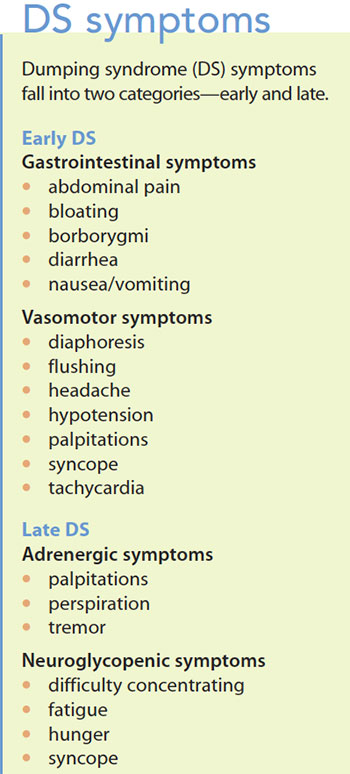
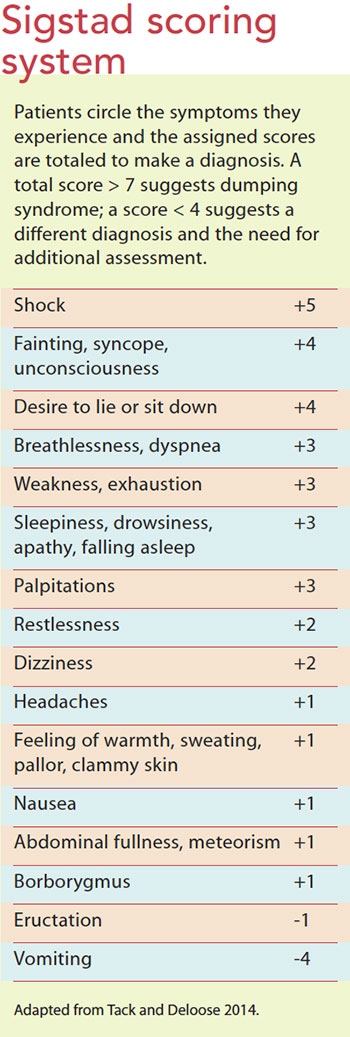



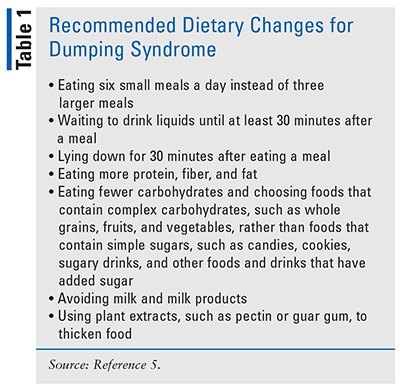
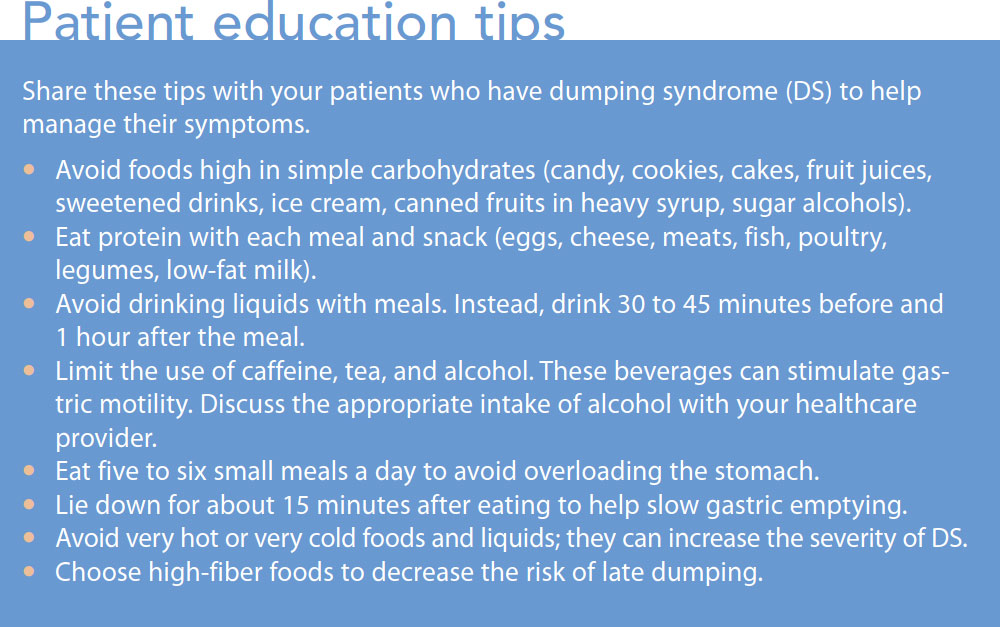

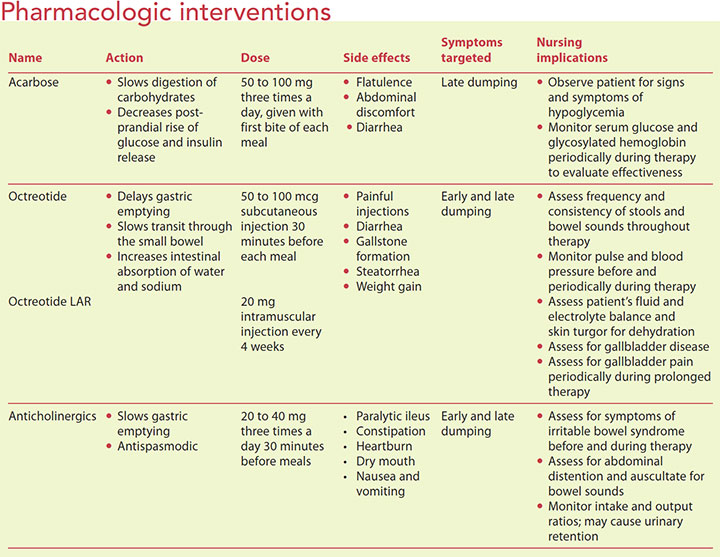
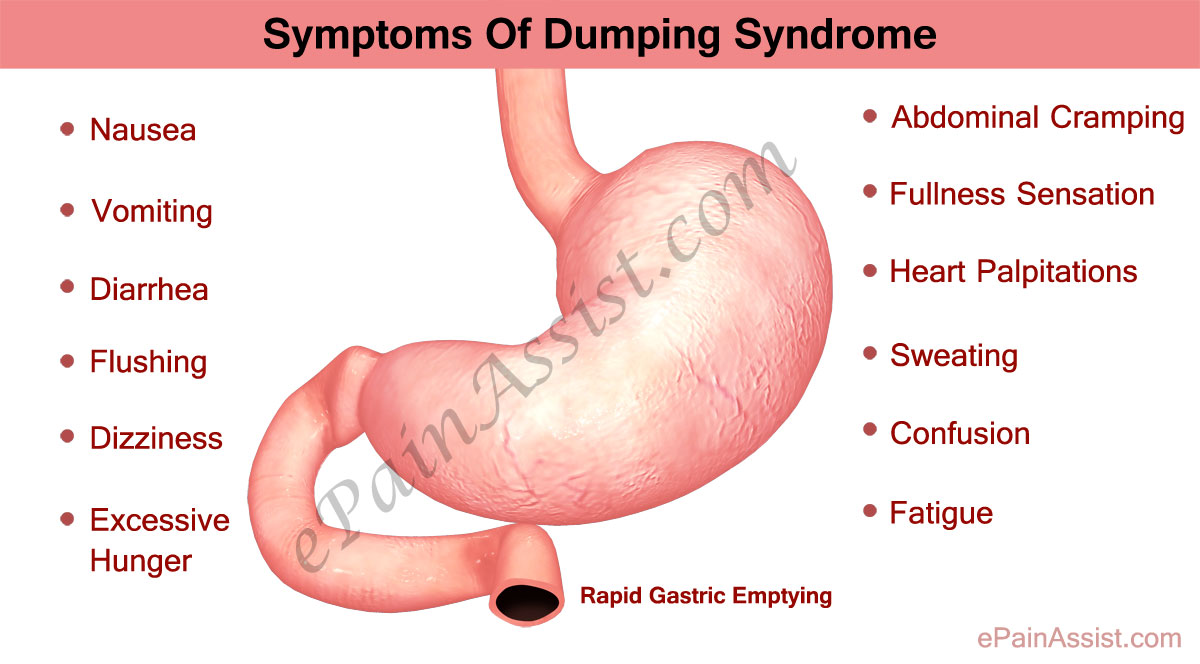

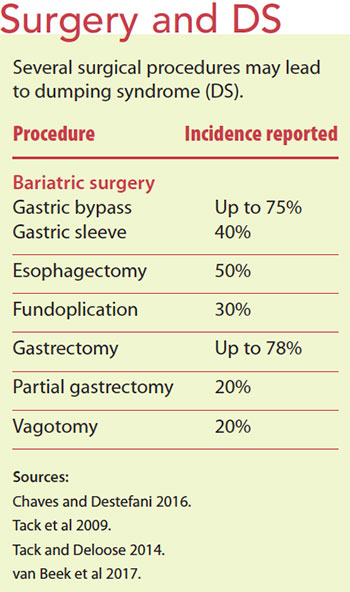





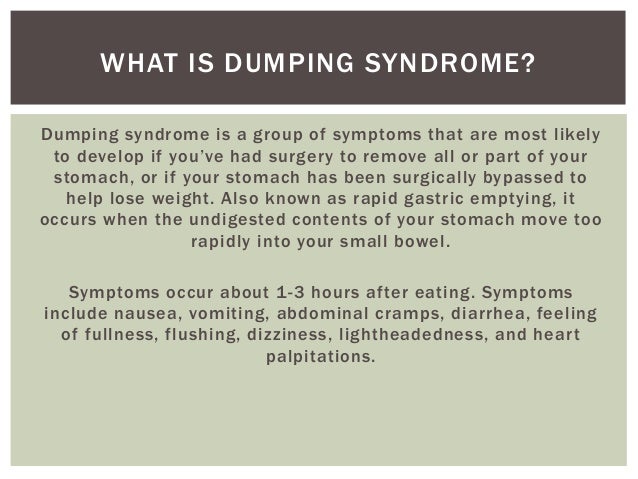



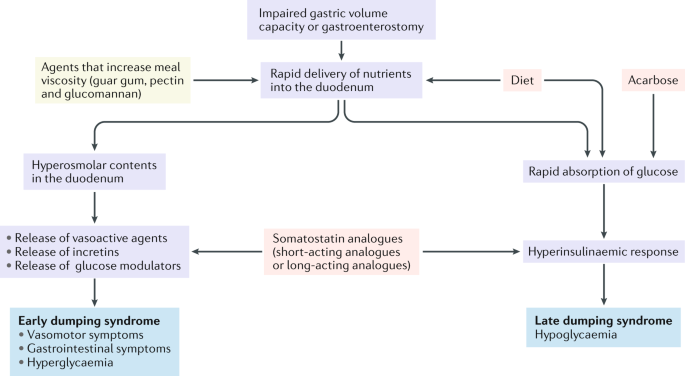

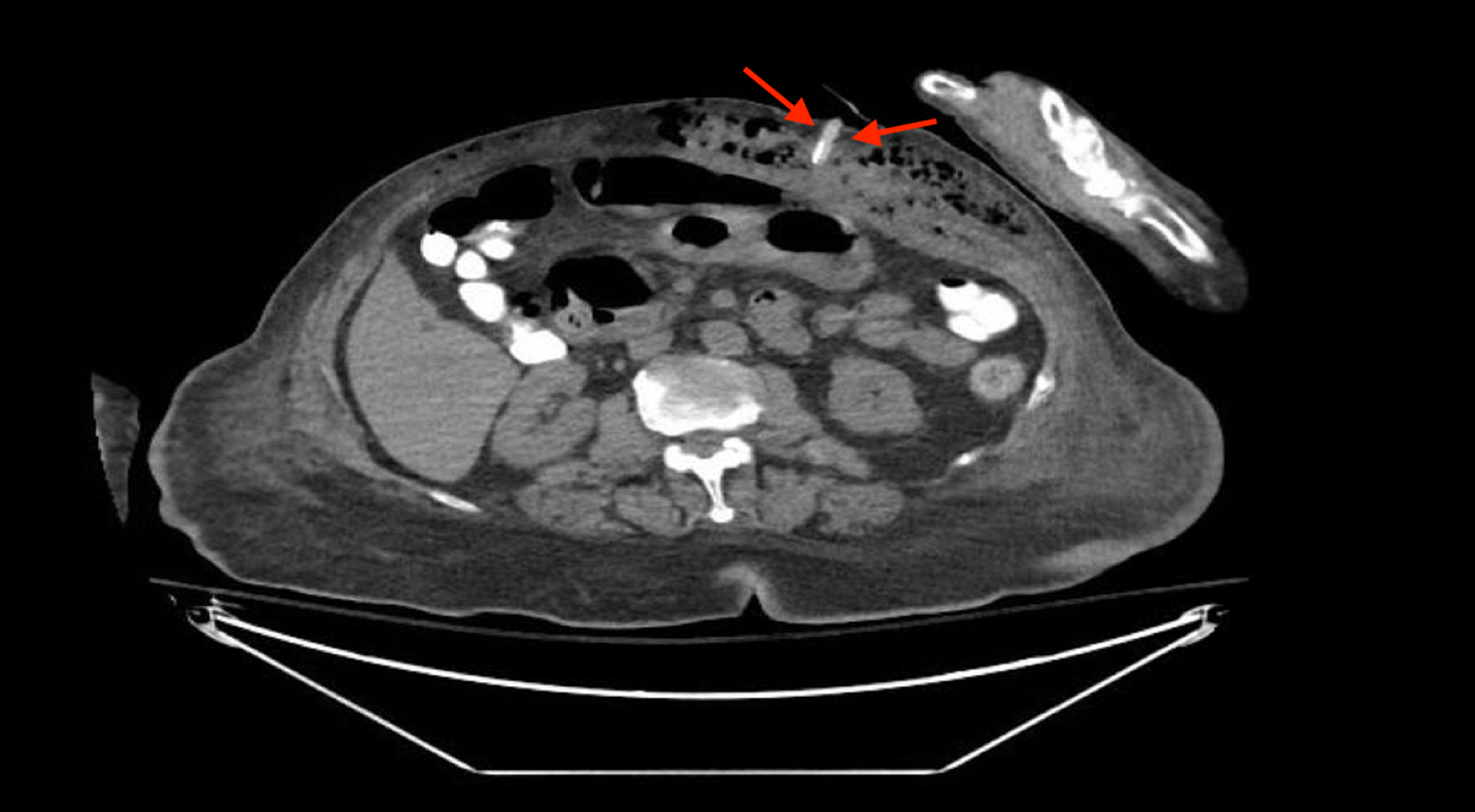









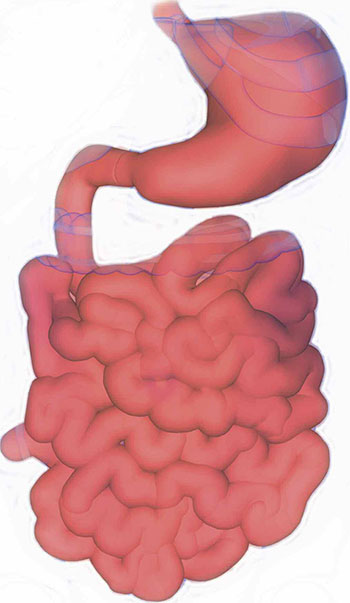

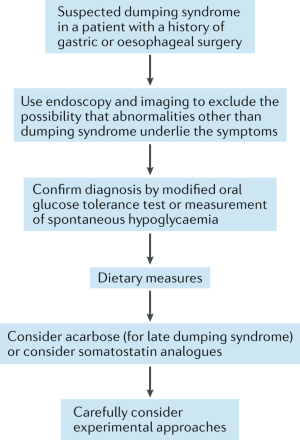
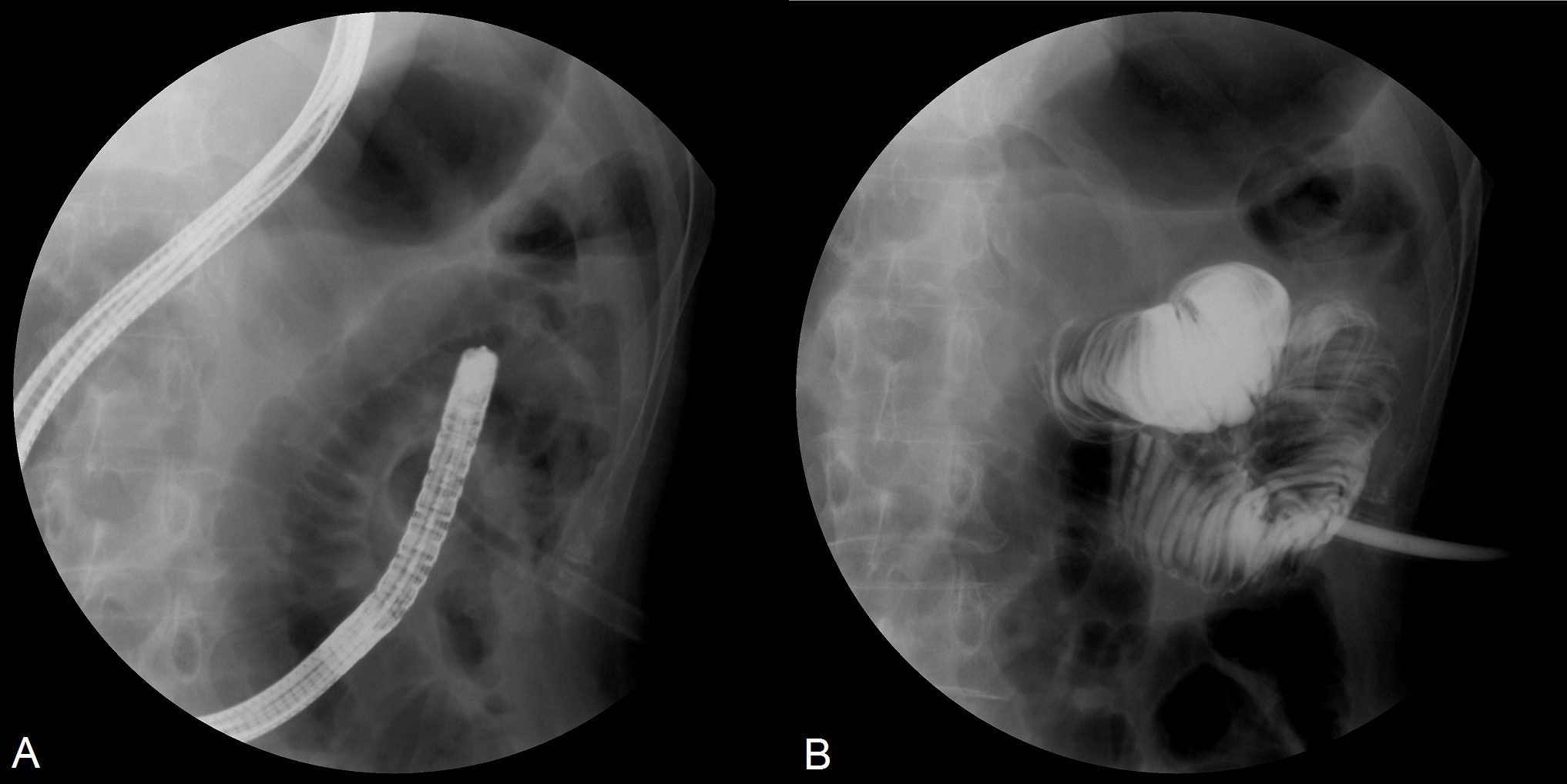
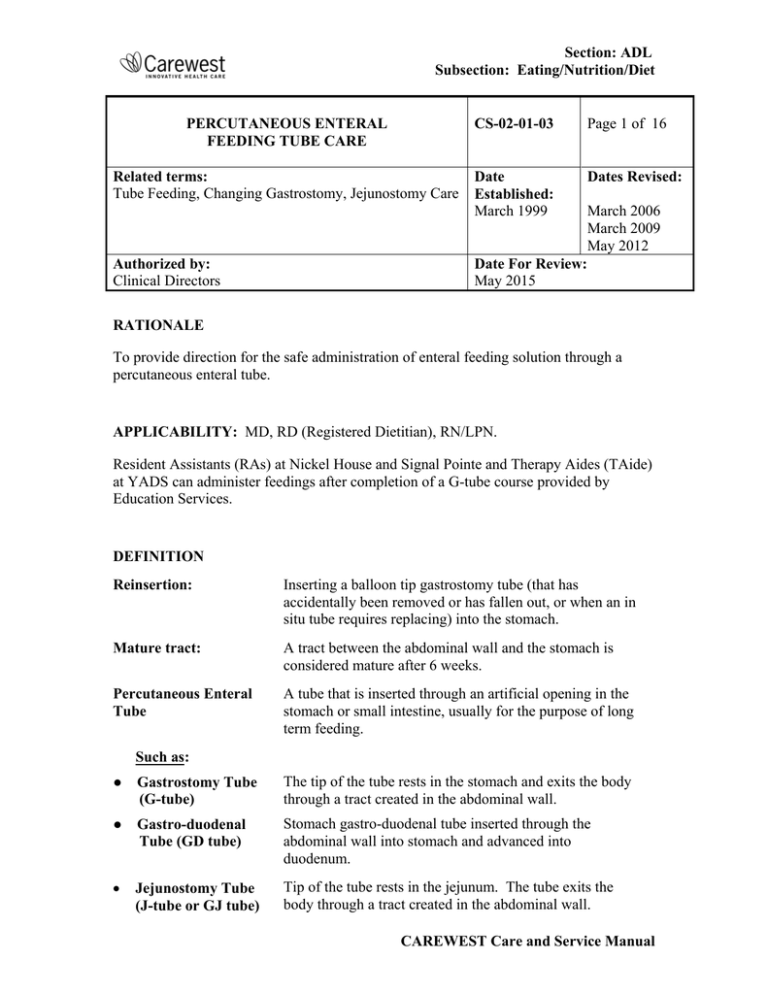
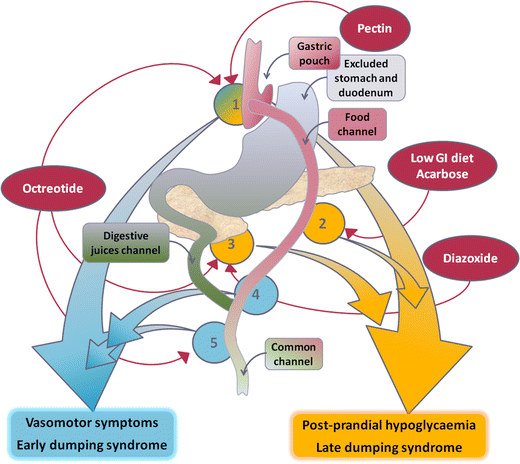
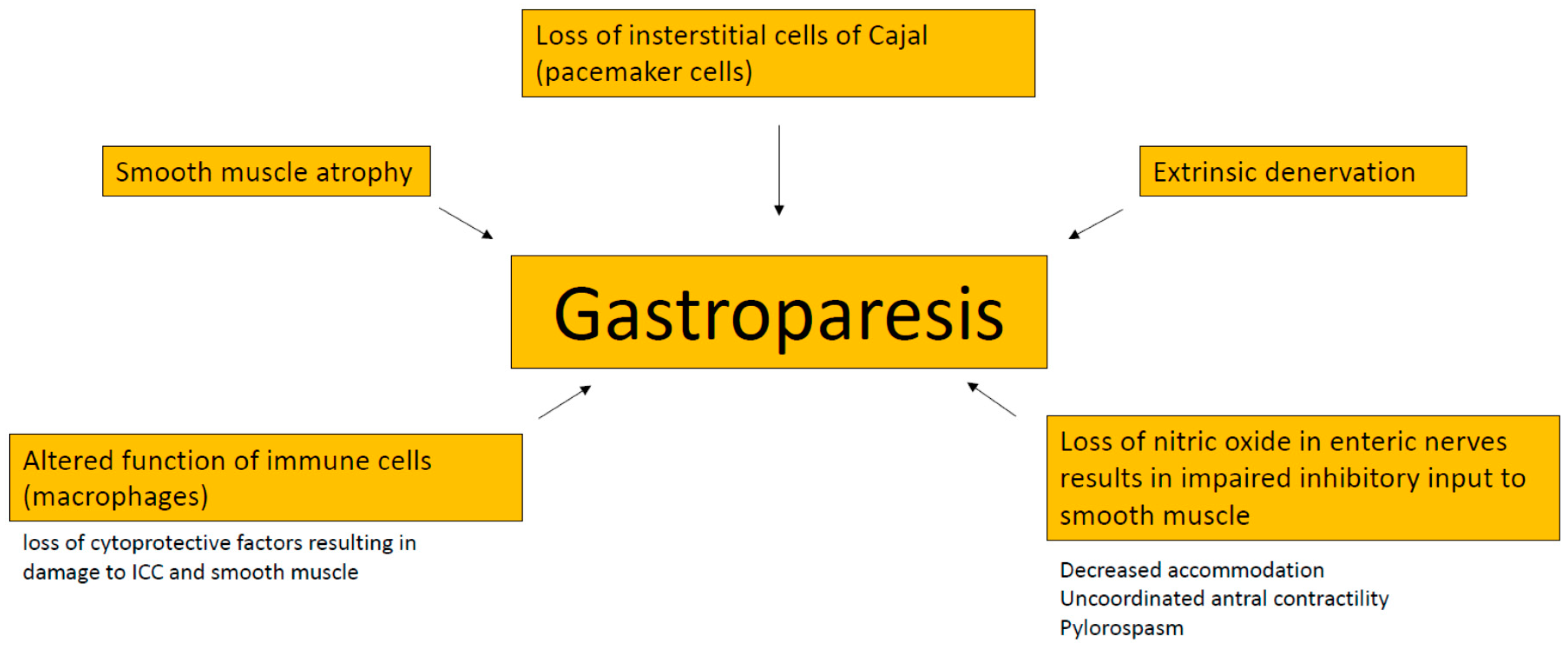

Post a Comment for "Dumping Syndrome Tube Feeding"